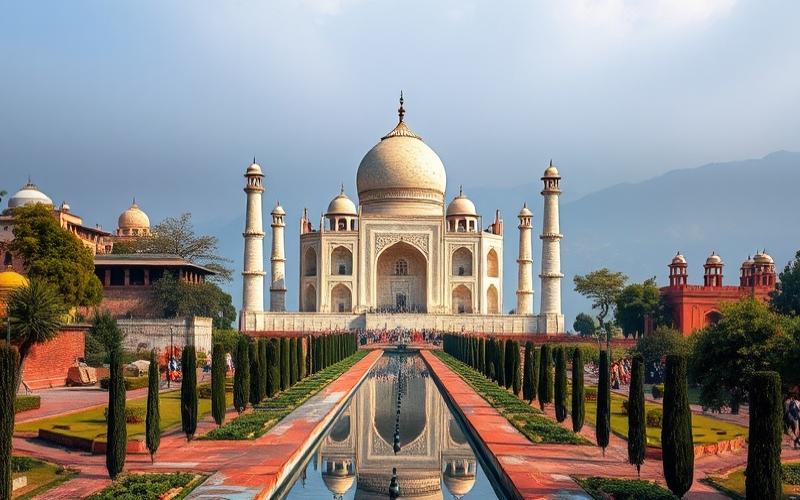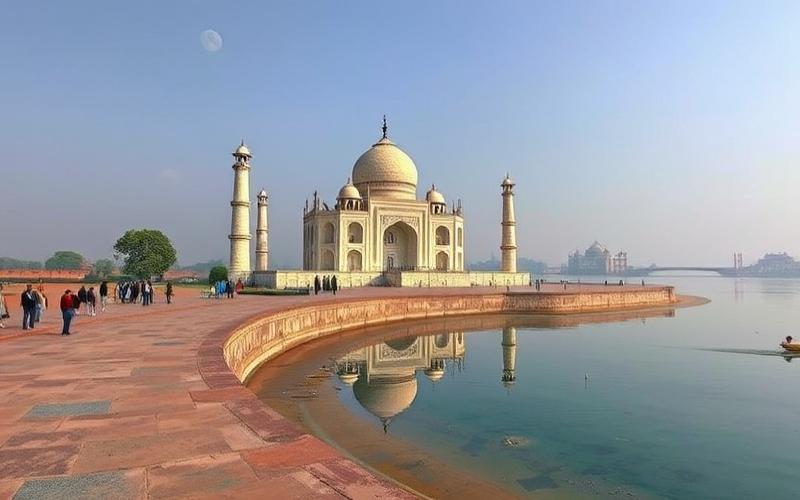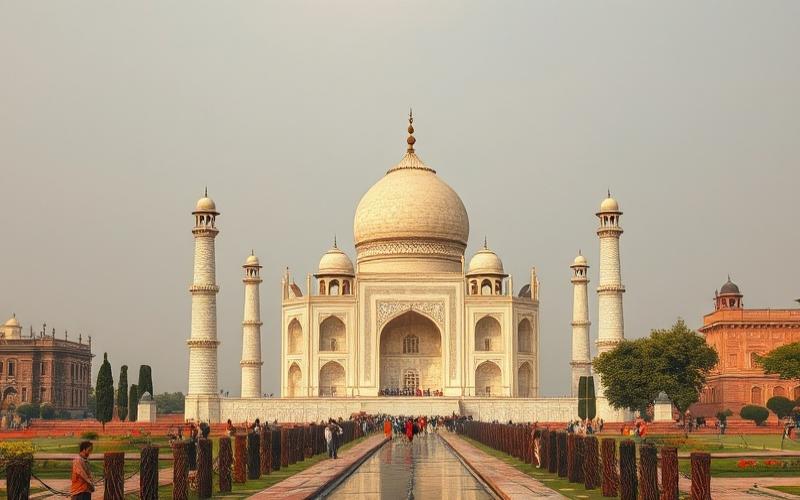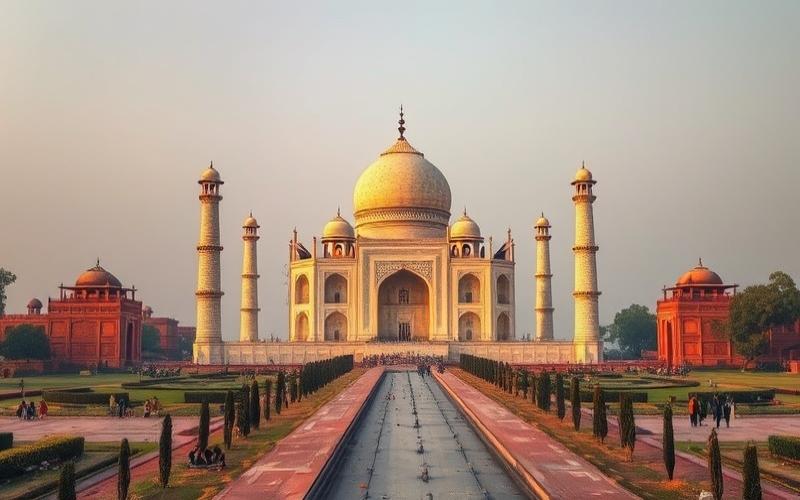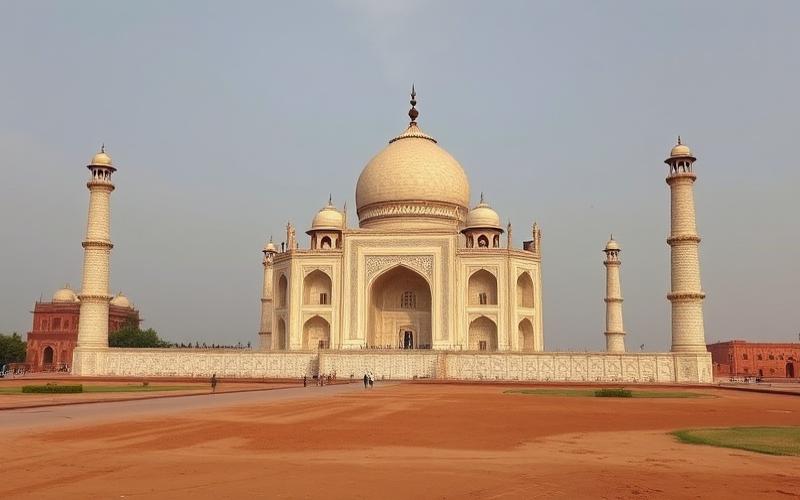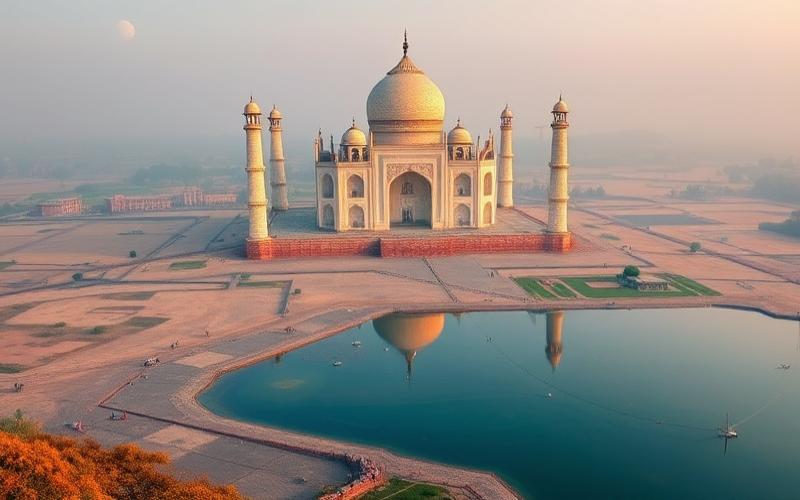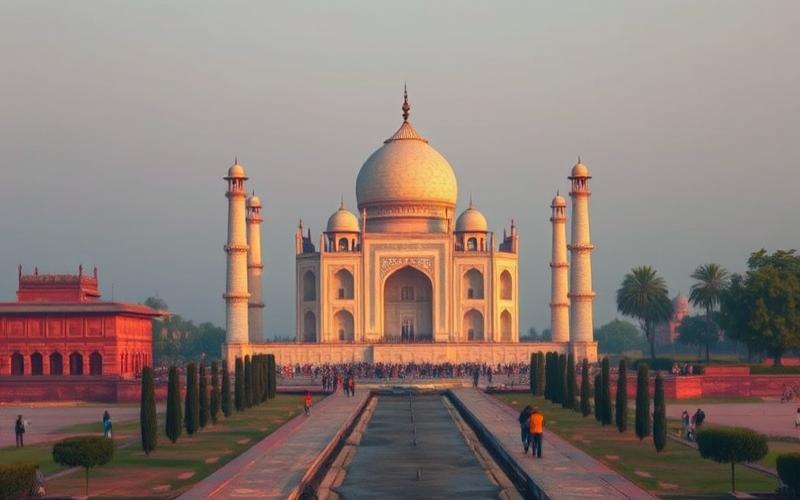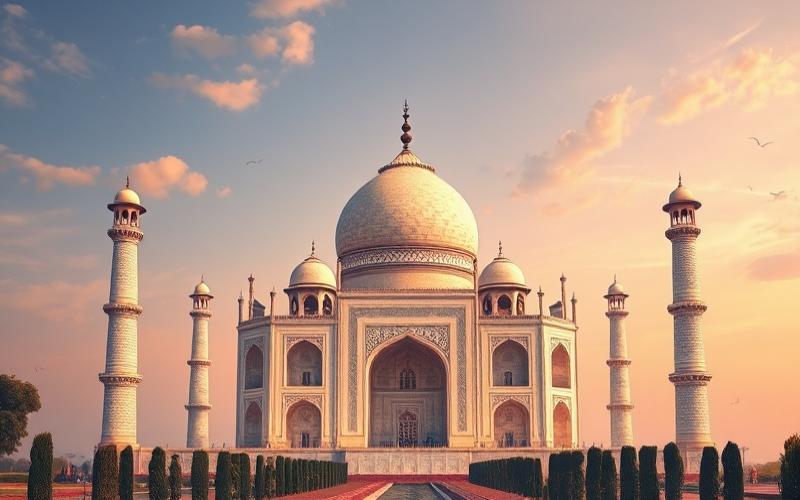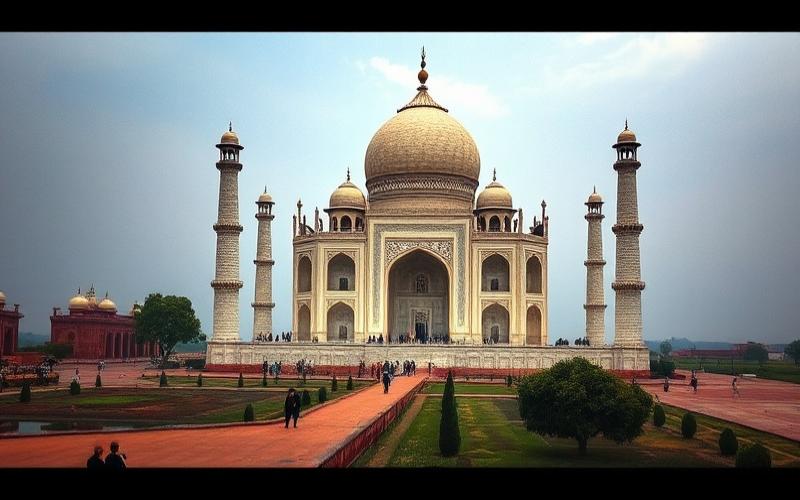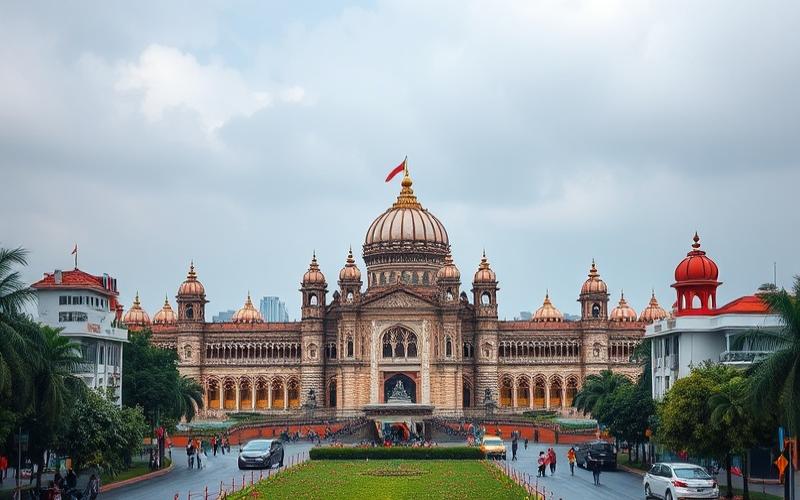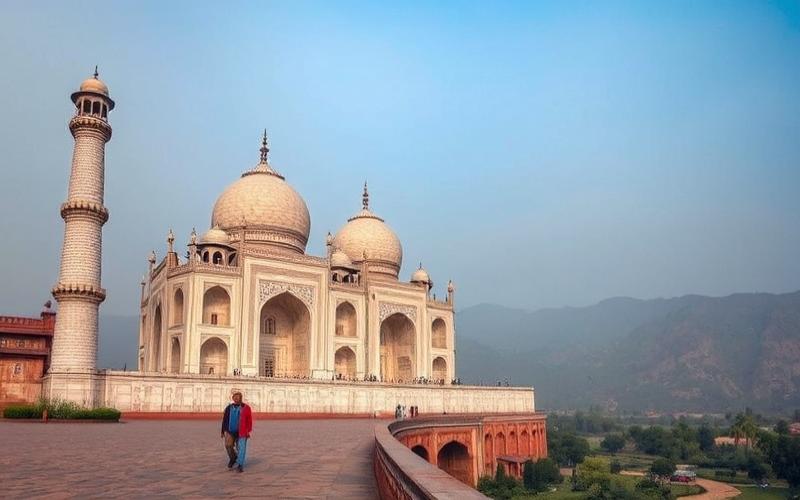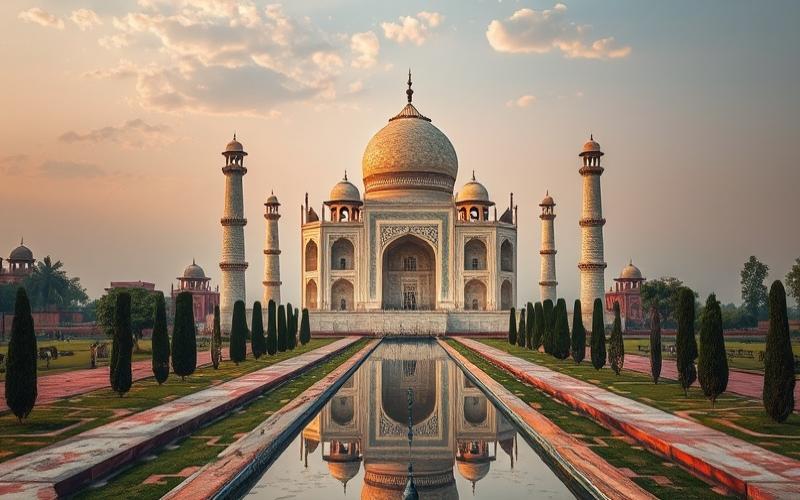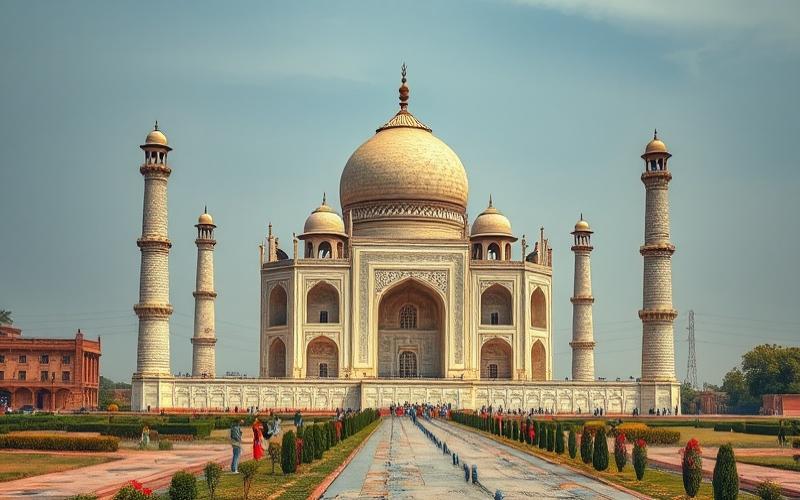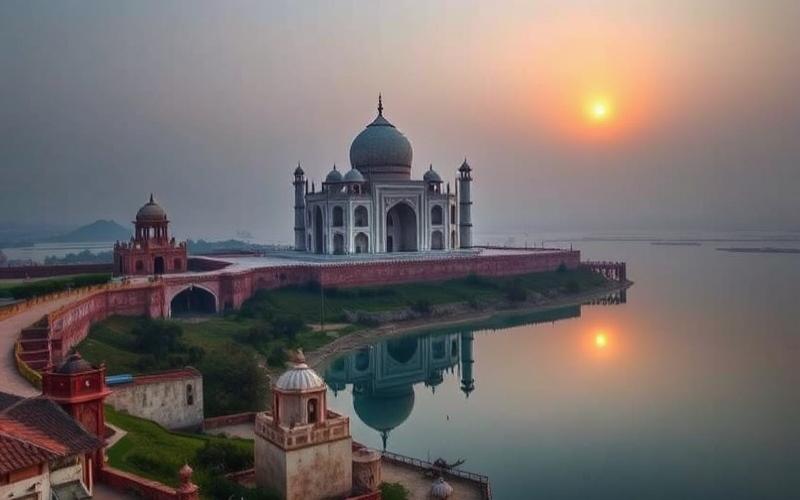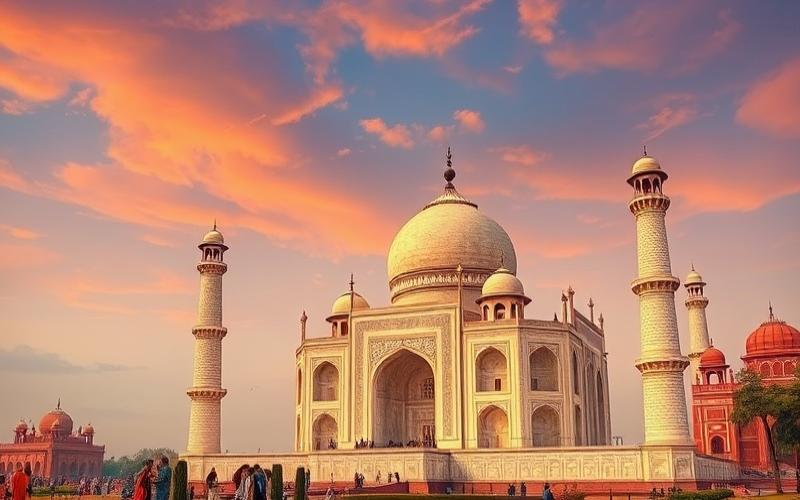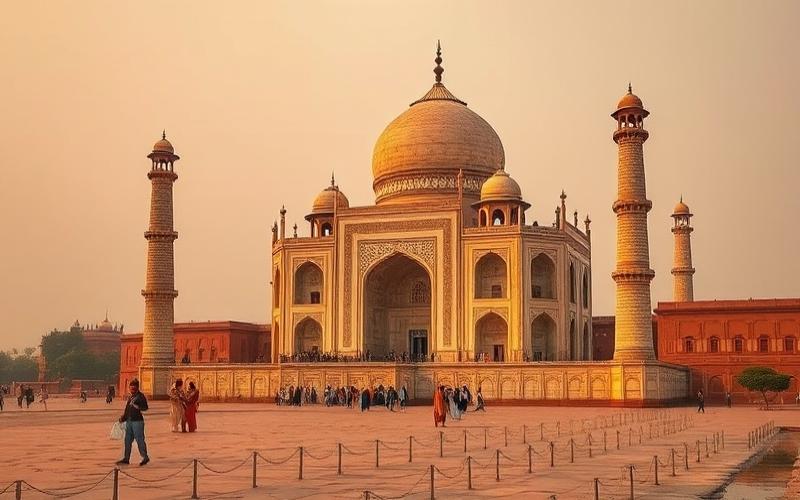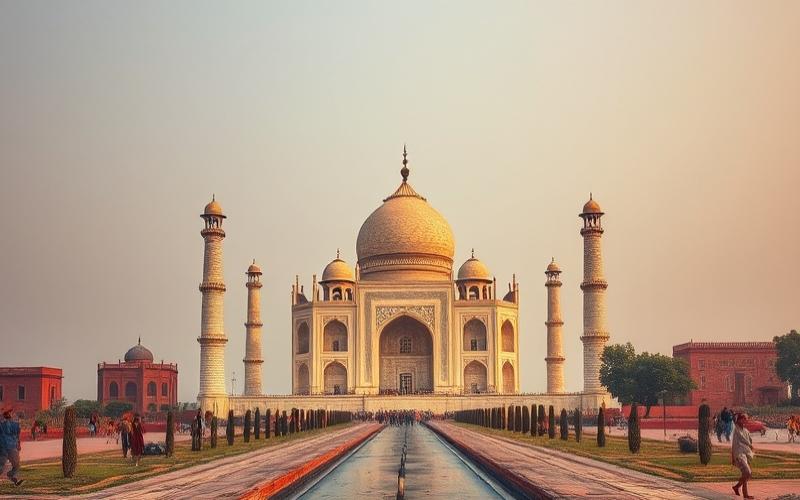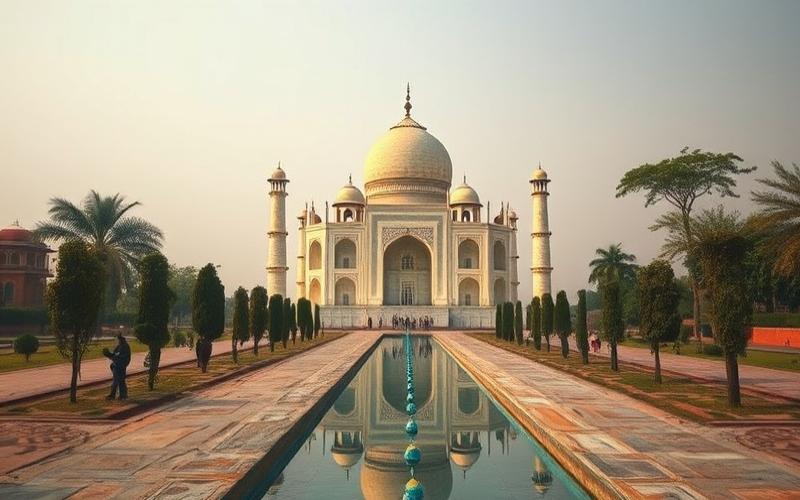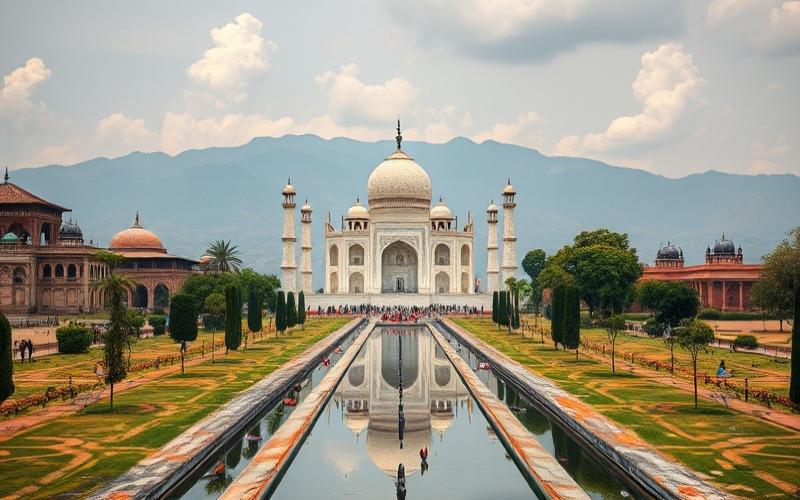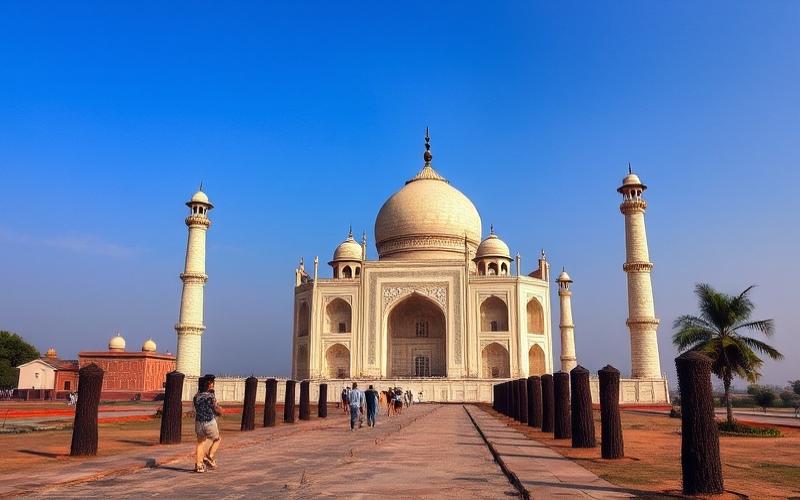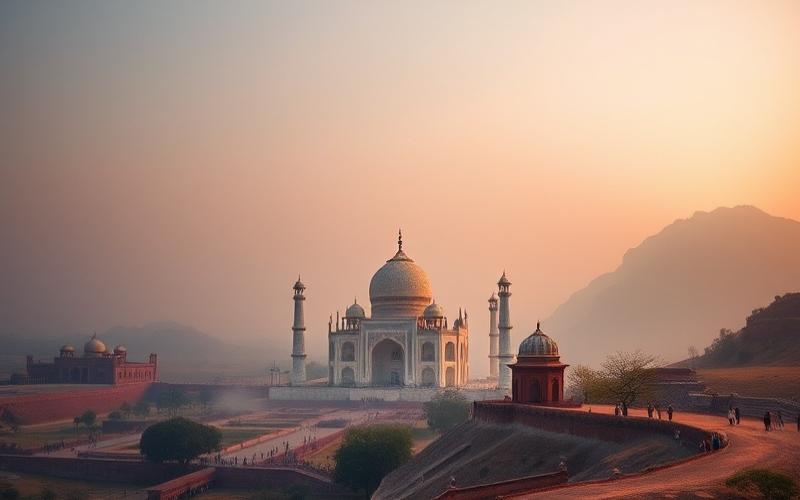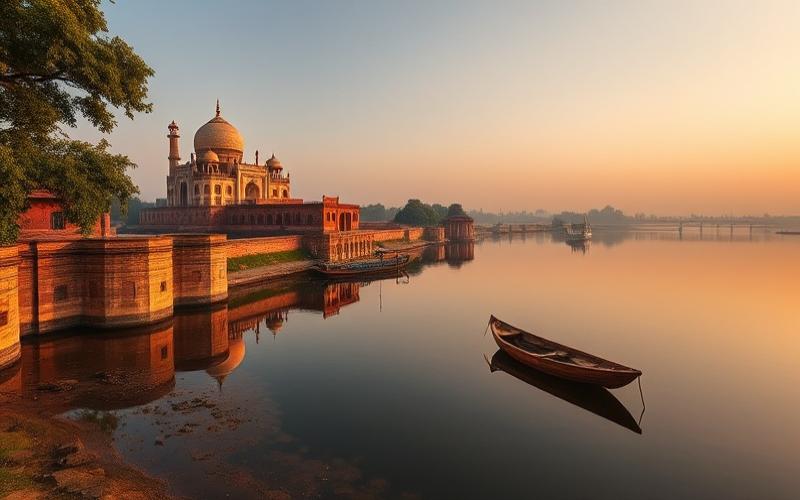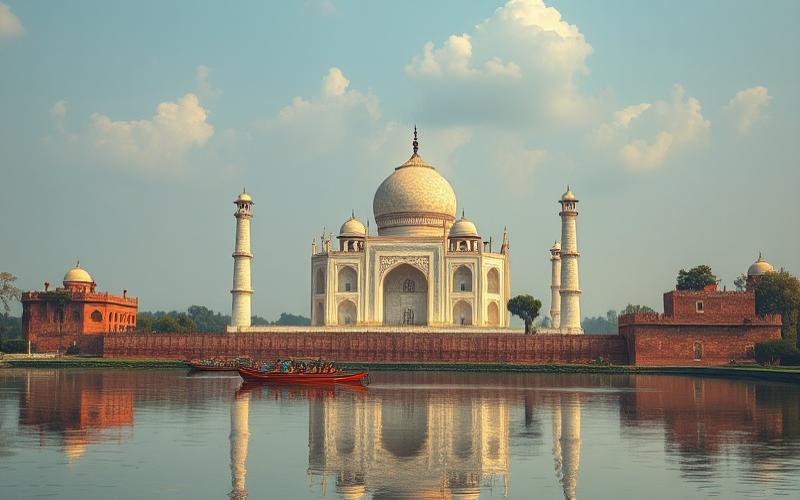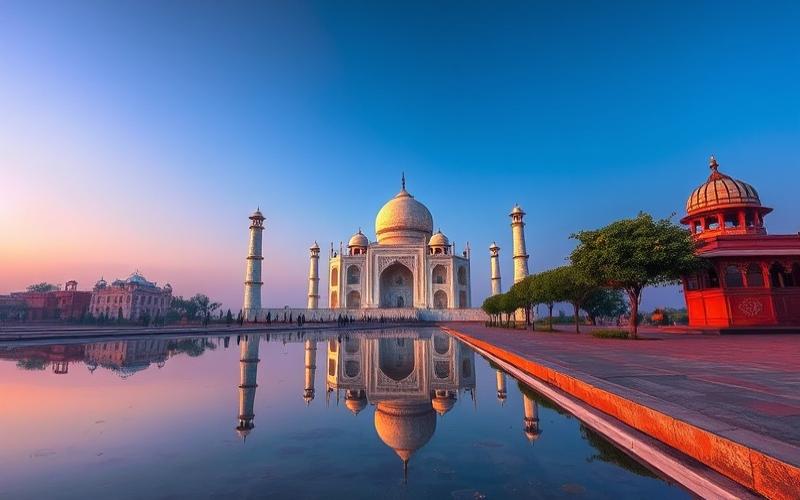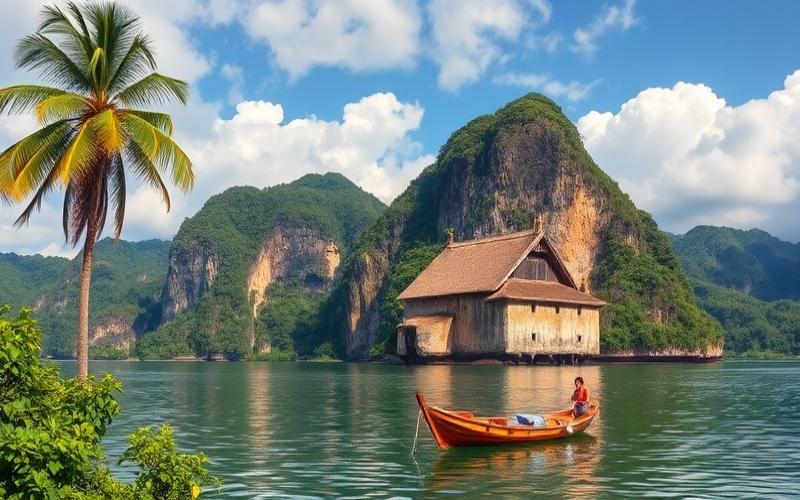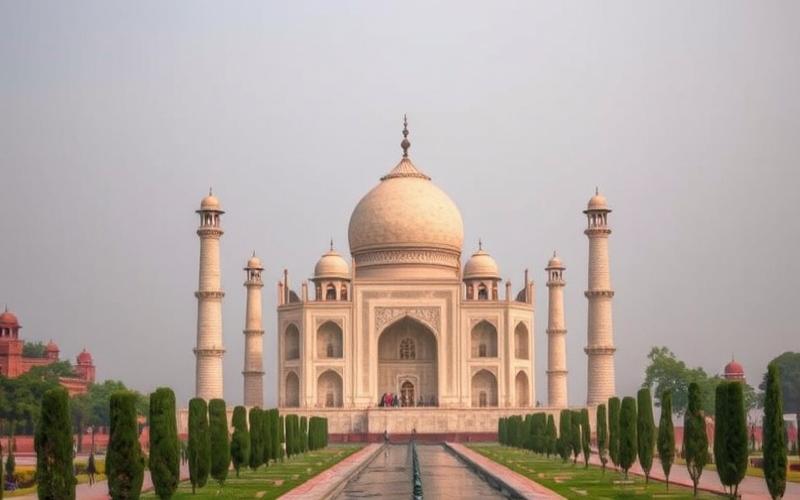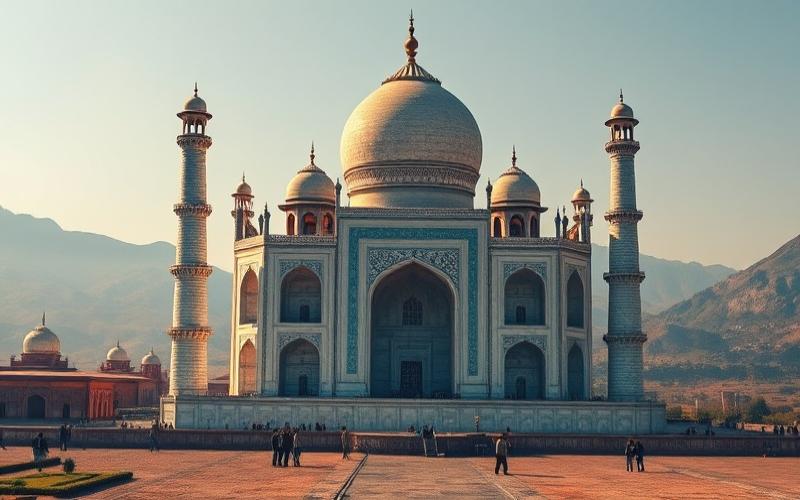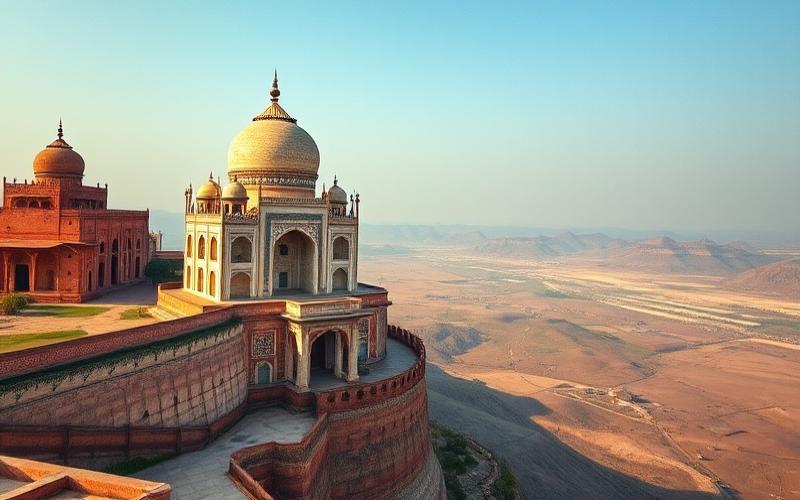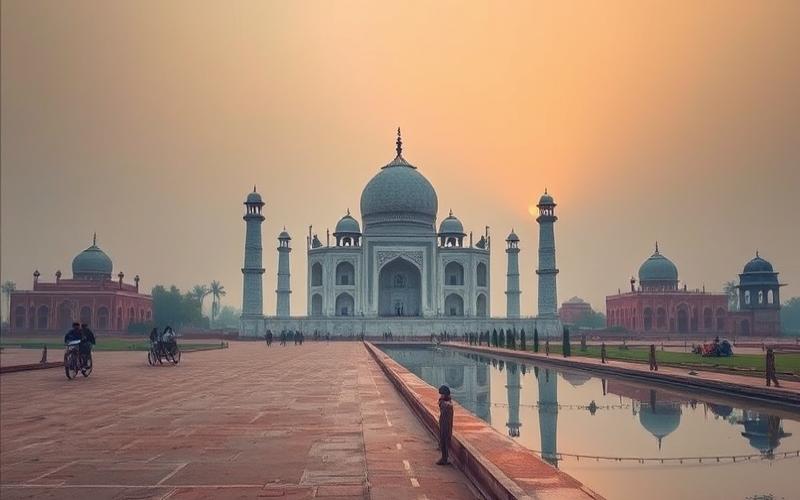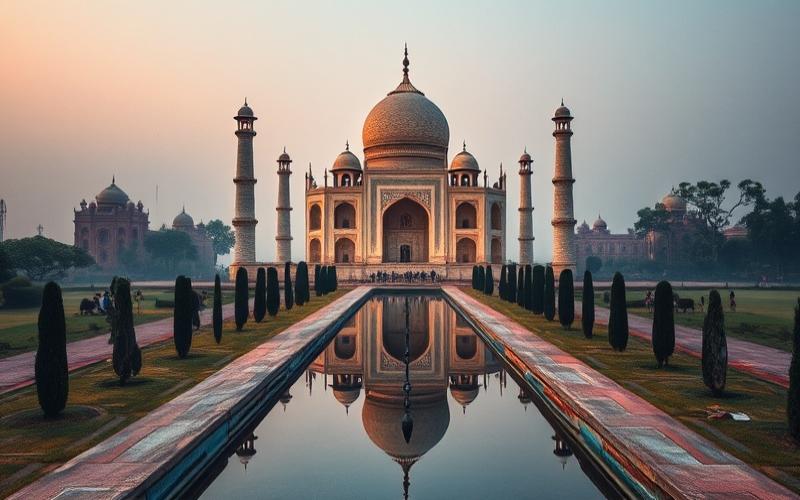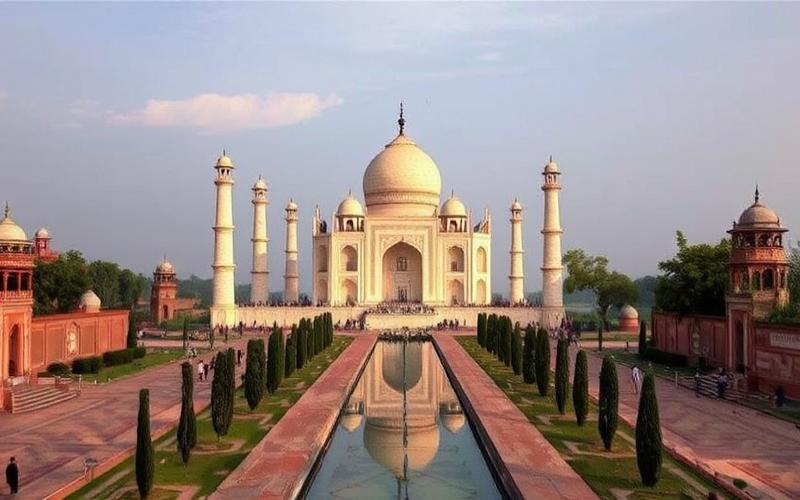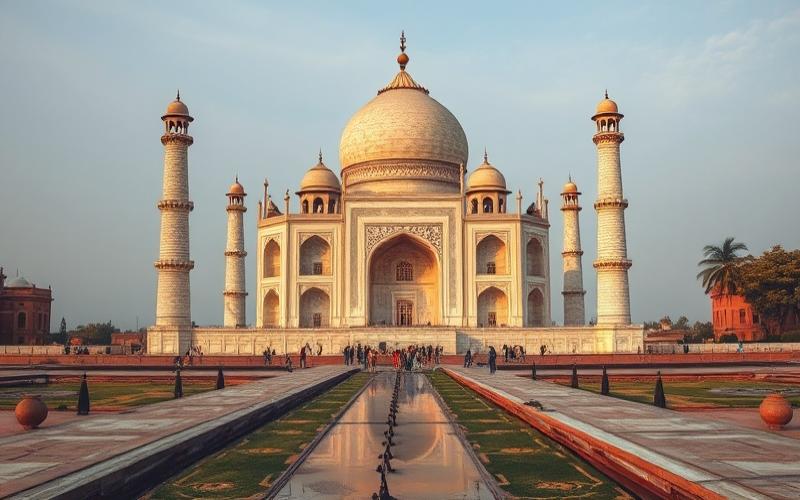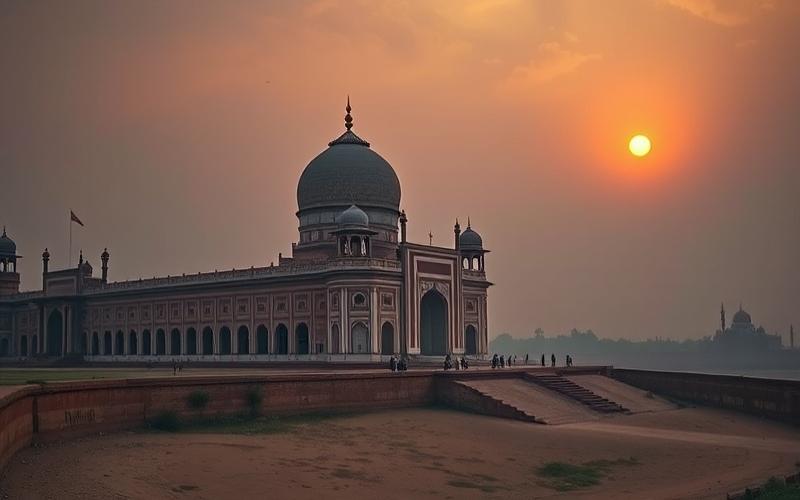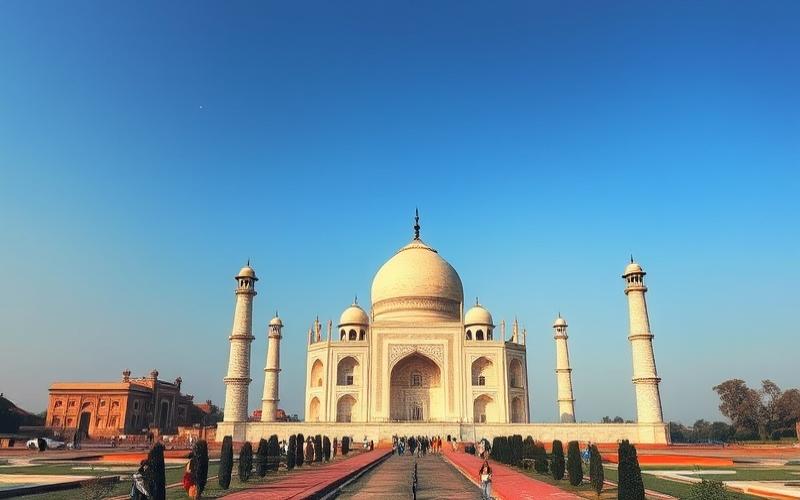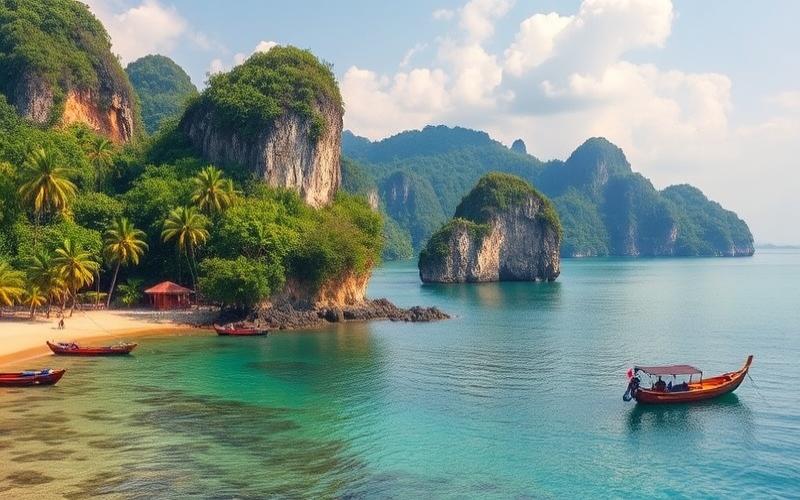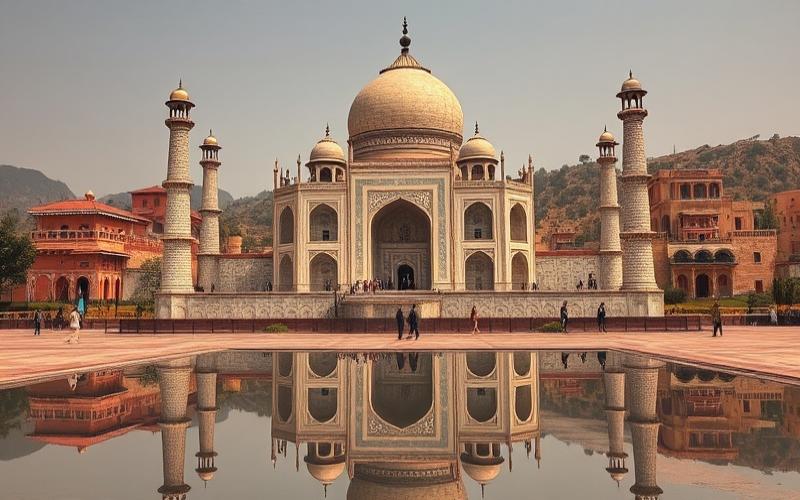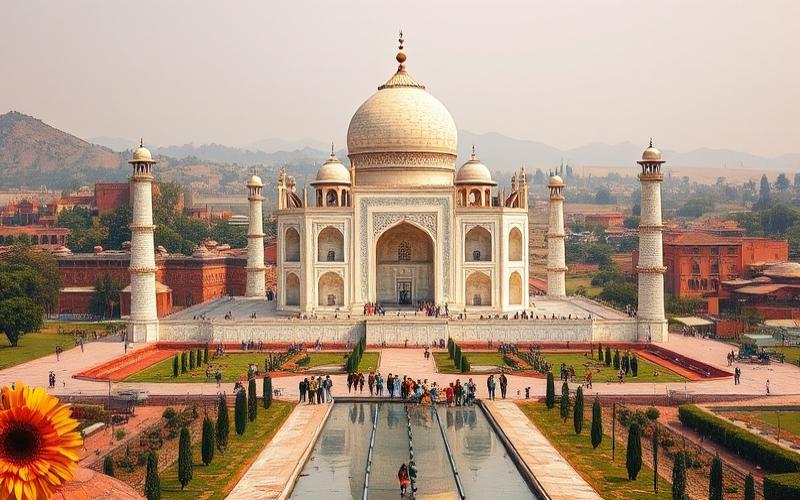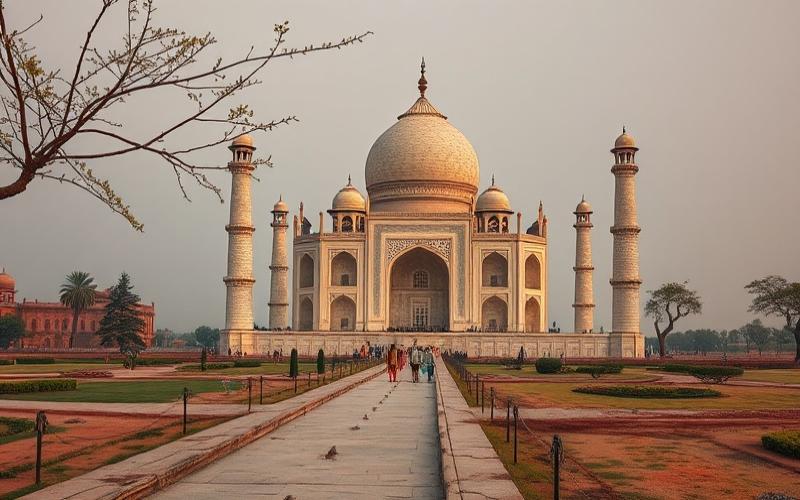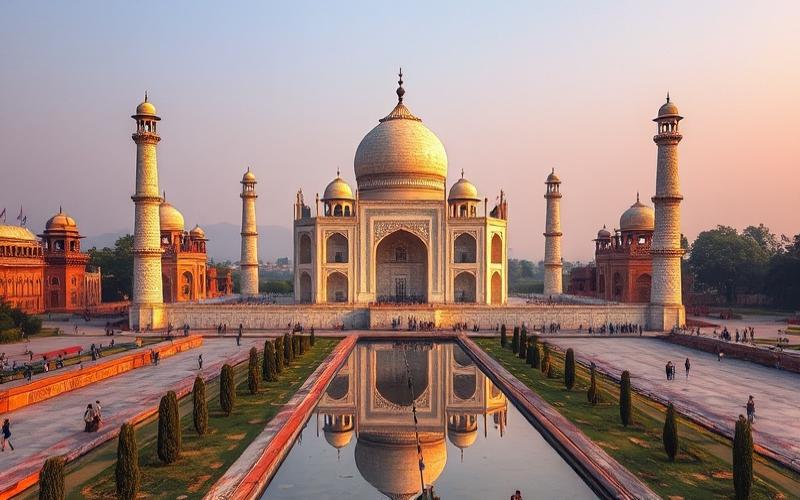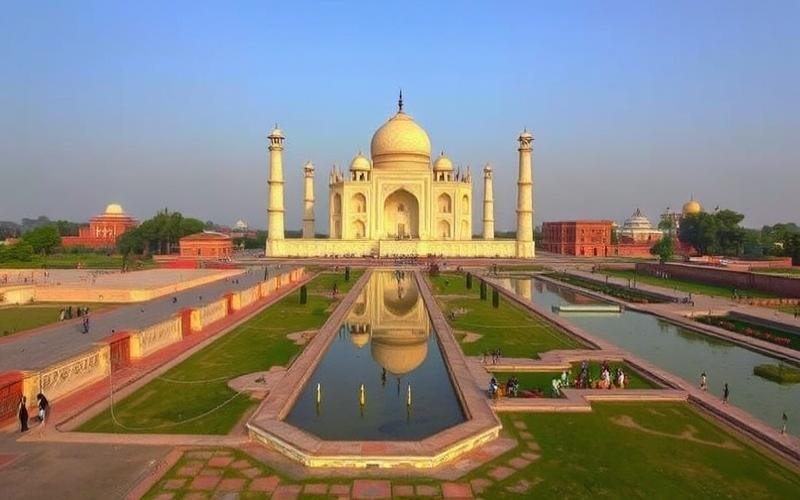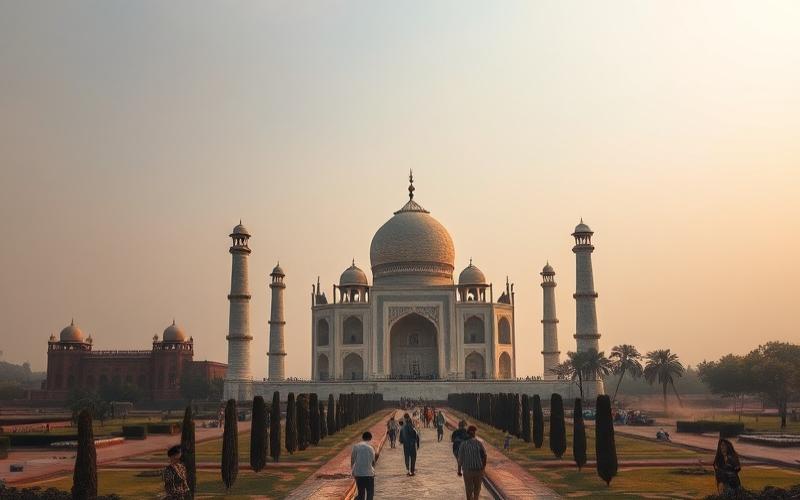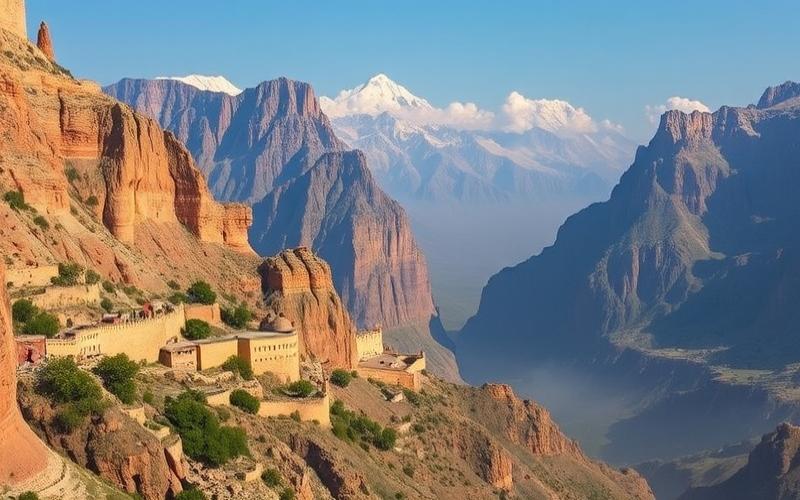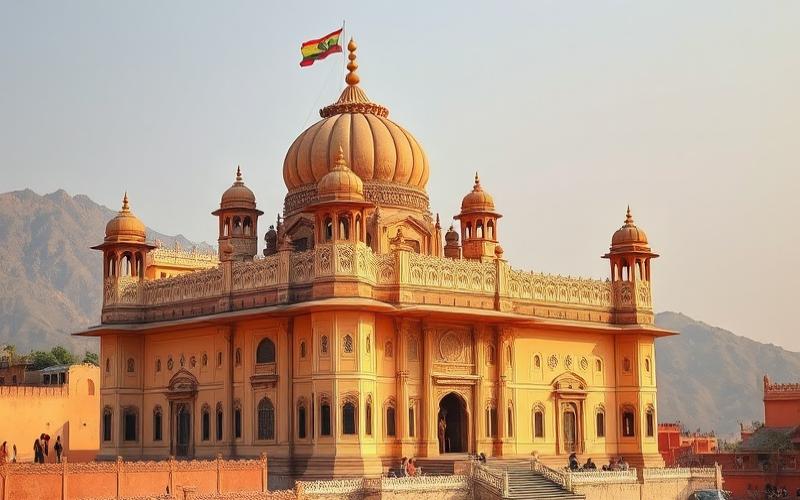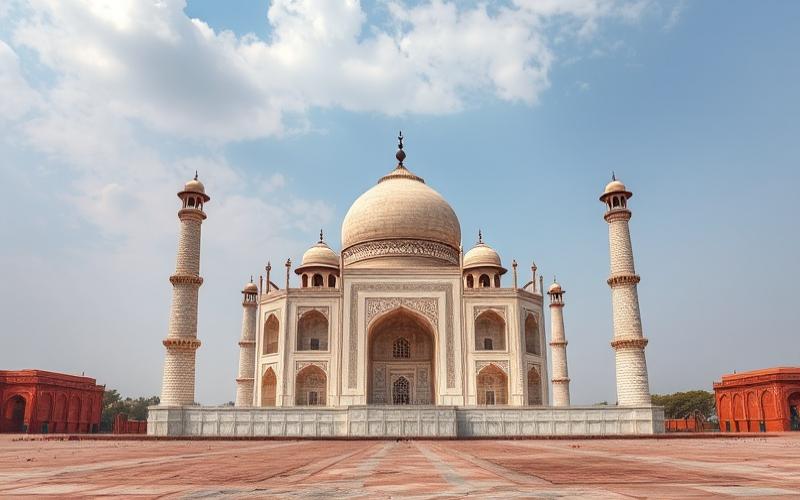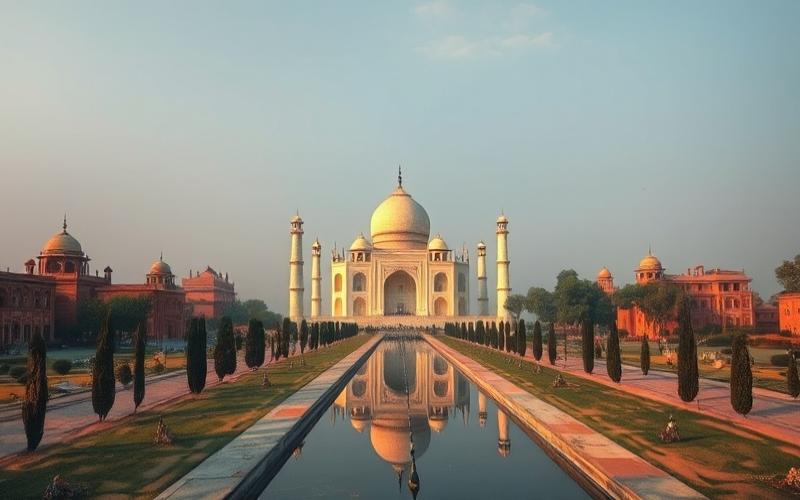
 Published on and written by Cyril Jarnias
Published on and written by Cyril Jarnias
India, a vast country of striking contrasts, offers a rich array of captivating sports that fascinate and unite a passionate population. From the contagious fervor of cricket, elevated to the status of a religion, to ancient martial arts like kabaddi and kalaripayattu, each discipline tells the story and cultural diversity of this nation.
Through this article, explore how these iconic sports not only shape the country’s athletic identity but also the social bonds among different communities, and discover why getting introduced to these practices can be an unforgettable experience for enthusiasts of thrills and cultural discoveries.
Most Popular Sports in India
Cricket overwhelmingly dominates the Indian sports landscape, with approximately 462 million fans and a viewership rate reaching 93% of sports audiences. It benefits from exceptional infrastructure such as the National Cricket Academy and massive media coverage via the Indian Premier League (IPL). Figures like Sachin Tendulkar and Virat Kohli have elevated this sport to a cultural phenomenon, influencing Indian youth and stimulating government initiatives to promote access to academies and amateur practice.
Kabaddi, a long-marginalized traditional sport, is experiencing a meteoric rise thanks to the Pro Kabaddi League which attracts about 30 million fans. Supported by the Amateur Kabaddi Federation of India, it now benefits from a strong network of local clubs as well as institutional support for its development in rural schools. The emergence of national stars has helped restore kabaddi to the heart of Indian sports heritage.
Soccer, followed by nearly 20% of the population, is gradually gaining ground in major metropolises, especially due to modernized infrastructure (renovated stadiums), a growing Indian Super League, and the impact of European leagues on urban youth. Public investments also aim to democratize its practice across the country.
Regarding badminton, it is estimated to gather nearly 150 million annual viewers in India. The creation of high-performance academies has enabled the emergence of international athletes such as P.V. Sindhu or Saina Nehwal, whose Olympic successes have massively boosted its popularity among both girls and boys.
| Sport | Infrastructure / Initiatives | Estimated Number of Fans / Participants | Media Coverage / Recent Performances |
| Cricket | Elite Academies (NCA), IPL | 462 million | Multiple ICC titles; IPL world leader |
| Kabaddi | Local clubs + Pro Kabaddi League | 30 million | National growth; Asian medals |
| Soccer | Modern stadiums, Indian Super League | ~20% pop., strong among urban youth | FIFA U-17 WC qualification; clubs progressing |
| Badminton | Structured academies | 150 M annual viewers | Olympic medal P.V. Sindhu |
Socio-cultural Impact:
- Cricket shapes national holidays, advertisements, and collective identity.
- Kabaddi is seen as a driver of rural revival.
- Soccer is becoming a cosmopolitan symbol favored by connected urban youth.
- Badminton promotes an egalitarian dynamic between men and women in Indian sports.
Government Initiatives:
- “Khelo India” programs to develop school/youth sports.
- Direct grants to major federations.
- Gradual modernization of non-cricket infrastructure.
Emerging Trends:
- Rapid growth of basketball, tennis, or e-sports among under-25s.
- Rise in individual fitness (urban running).
Generational Shifts:
Preferences are evolving towards greater sports diversity driven by:
- The young demographic explosion (over a quarter aged 15–29).
- Accelerated urbanization facilitating access to modern stadiums/multi-sports halls.
Notable Testimonials:
“As a child, I mainly played cricket, but today my friends prefer following Messi or playing badminton,” shares Ravi Sharma, a student in Mumbai.
“The Indian sports industry is poised to continue its growth… The focus is on expanding beyond cricket.” – Gaurav Vazirani
The Indian sports scene is thus undergoing a profound transformation where powerful traditions coexist with new aspirations driven by a youth eager for cultural and social innovation.
Good to Know:
In India, cricket remains the most popular sport, attracting both amateur players and enthusiasts in local alleys and fields; the national team’s spectacular performances have reinforced this enthusiasm, especially with historic World Cup victories. Soccer, although traditionally less dominant, is seeing a rise in popularity thanks to the Indian Super League and government efforts to strengthen infrastructure, such as building new stadiums. Kabaddi, an indigenous sport, is also experiencing renewed interest with the Pro Kabaddi League attracting a wide television audience, bolstered by an institutional will to promote national disciplines. Badminton, thanks to stars like P.V. Sindhu, enjoys exponential growth in urban centers, with an increasing number of academies. In recent years, younger generations have shown growing interest in individual and emerging sports, indicating a diversification of sports preferences, well-supported by public policies aiming to integrate more sports programs into the educational system. In 2023, data shows remarkably high youth participation, illustrating a gradual transformation of the Indian sports landscape.
Where and How to Practice in India
Cricket
- Iconic Stadiums:
- Narendra Modi Stadium (Ahmedabad): world’s largest cricket stadium, capacity of 111,000 seats.
- Eden Gardens (Kolkata): historic stadium, former largest Indian stadium, unique atmosphere.
- Wankhede Stadium (Mumbai), M. Chinnaswamy Stadium (Bangalore), DY Patil Stadium (Navi Mumbai), Rajiv Gandhi International Stadium (Hyderabad).
- Clubs and Academies:
- Kolkata Knight Riders Academy, Mumbai Cricket Association, National Cricket Academy (Bangalore).
- Public Complexes:
- Many local clubs, universities, and municipal complexes offer fields accessible via registration or hourly rental.
- Registration Methods:
- Amateurs: annual membership or one-time registration at municipal or private clubs.
- Professionals: selection through trials organized by top-division clubs or national academies.
- Best Seasons:
- October to March (dry climate, moderate temperatures), avoid monsoon (June-September).
- Example Programs and Initiatives:
- National Cricket Academy: intensive camps, technical and physical training.
- Local Initiatives: school tournaments, inter-district leagues.
Kabaddi
- Key Venues:
- Shree Shiv Chhatrapati Sports Complex (Pune), Gachibowli Indoor Stadium (Hyderabad), indoor stadiums in northern India (Haryana, Punjab).
- Clubs and Academies:
- Pro Kabaddi League franchises, state academies in Haryana and Maharashtra.
- Access and Registration:
- Local clubs: open sessions upon presentation of a medical certificate.
- Professionals: scouting during university or local competitions.
- Best Seasons:
- Year-round indoors; outdoors, prefer winter for cooler climate.
- Training Programs:
- Muscle strengthening, tactics, and endurance sessions.
- Initiatives: summer camps, local leagues supported by state federations.
Badminton
- Venues and Complexes:
- Pullela Gopichand Badminton Academy (Hyderabad), Siri Fort Sports Complex (Delhi), Prakash Padukone Badminton Academy (Bangalore).
- Reputable Clubs:
- Municipal clubs in Chennai, Mumbai, and Bangalore.
- Registration Methods:
- Online or on-site registration for private academies.
- Selection via application or trial for elite programs.
- Best Seasons:
- Indoor courts: year-round.
- Outdoor practice: October to March.
- Example Programs:
- Intensive training camps, skill workshops, inter-club competitions.
Field Hockey
- Stadiums and Clubs:
- Major Dhyan Chand National Stadium (Delhi), Kalinga Stadium (Bhubaneswar), renowned clubs in Punjab and Odisha.
- Access and Registration:
- Registration via state federations or trials at clubs.
- Access to municipal fields for amateurs.
- Best Seasons:
- October to February (moderate temperatures, dry fields).
- Programs and Initiatives:
- Hockey India League: youth talent scouting.
- State academies: technical and physical training, youth tournaments.
Soccer
- Stadiums and Complexes:
- Salt Lake Stadium (Kolkata), Jawaharlal Nehru Stadium (Delhi, Kochi), Fatorda Stadium (Goa).
- Clubs and Academies:
- Tata Football Academy (Jamshedpur), Bhaichung Bhutia Football Schools (Delhi, Bangalore), historic clubs (East Bengal, Mohun Bagan).
- Registration Methods:
- Private academies: online registration, selection via trial.
- Local clubs: annual membership, access to group training.
- Best Seasons:
- October to March (outside monsoon, pleasant temperatures).
- Example Initiatives:
- Grassroots programs, inter-school tournaments, certified coaching training.
| Sport | Iconic Stadiums | Recognized Academies & Clubs | Best Season | Registration Methods | Local Initiatives / Programs |
|---|---|---|---|---|---|
| Cricket | Narendra Modi, Eden Gardens | NCA, KKR Academy, MCA | Oct.-March | Clubs, academies, trials | National Cricket Academy, local leagues |
| Kabaddi | Shiv Chhatrapati, Gachibowli | Pro Kabaddi, Haryana/Maharashtra academies | Year-round (indoor) | Clubs, local competitions | Camps, regional leagues |
| Badminton | Gopichand Academy, Siri Fort | Prakash Padukone Academy | Year-round (indoor) | Online registration/trial | Camps, workshops, competitions |
| Field Hockey | Dhyan Chand, Kalinga | Odisha, Punjab clubs | Oct.-February | Clubs, federations, trials | Hockey India League, state academies |
| Soccer | Salt Lake, JN Stadium | Tata FA, BBFS, East Bengal, Mohun Bagan | Oct.-March | Academies, clubs, trials | Grassroots programs, school tournaments |
Example of Amateur Registration Process
1. Fill out the membership form (online or on-site) 2. Provide a recent medical certificate 3. Pay registration fees (varies by club/complex) 4. Participate in an initiation or trial session 5. Join a training group suited to your level
Professional Pathway
1. Preselection at regional or national competitions 2. Invitation to specific trials organized by clubs/leagues 3. Comprehensive medical follow-up and physical evaluation 4. Integration into training center or reserve team
Key Takeaways:
The ideal seasons, renowned infrastructure, and diversity of local initiatives make India a fertile ground for practicing these five major sports, both for amateurs and future professionals.
Good to Know:
To practice cricket in India, head to Mumbai for the Wankhede Stadium or participate in programs at the MRF Pace Foundation academy in Chennai. Kabaddi is passionately played in Maharashtra, especially through Pune clubs offering open registration sessions. Bangalore, with its dedicated clubs and complexes, is the heart of badminton, and enthusiasts can join training at the Prakash Padukone Badminton Academy. For field hockey, the Dhyan Chand ground in Delhi is essential, and the months from October to March are ideal due to the pleasant climate, while for soccer, Goa offers vibrant local leagues with clubs like Vasco SC and Salgaocar FC. Registrations vary by sport, often seasonal and open to amateurs and professionals, with initiatives like intra-institution leagues being promoted. The rainy season (June to September) can affect some outdoor sports in the north, hence the importance of understanding weather conditions before planning sessions.
Sports Budget for an Expatriate
The sports budget for an expatriate in India varies significantly depending on the discipline, location (major city vs. rural area), level of facility requirements, and use of private lessons. Here is a structured summary of these essential elements:
| Discipline | Membership Fees (club/venue) | Specific Equipment Cost | Private Lessons/Coach | Observations Cities/Rural Areas |
|---|---|---|---|---|
| Cricket | 10,000 to 30,000 INR/year (urban clubs) | 2,000 to 10,000 INR (bat, gloves, protections) | 1,000 to 3,000 INR/session | Prestigious clubs in cities, public grounds in rural areas |
| Badminton | 5,000 to 20,000 INR/year (clubs, halls) | 1,000 to 5,000 INR (racket, shoes) | 800 to 2,000 INR/session | Easy access in cities, fewer options in rural areas |
| Yoga | 3,000 to 10,000 INR/month (urban studios) | 500 to 2,000 INR (mat, accessories) | 1,000 to 3,000 INR/session | Group or individual classes, affordable local options |
| Soccer | 5,000 to 15,000 INR/year (clubs) | 2,000 to 5,000 INR (shoes, ball) | 1,000 to 2,500 INR/session | Frequent public fields, less coaching in rural areas |
Cost Details by Geographic Zone:
Major Cities (Mumbai, Delhi):
- Elite private clubs (e.g., National Sports Club of India, The Club Mumbai) with very high membership fees, potentially exceeding 1,000,000 INR per year for the most prestigious clubs.
- Varied offerings of modern gyms, yoga studios, specialized fields, and high-level private coaches.
- Presence of community clubs at intermediate rates, but often with waiting lists.
- State-of-the-art equipment and regular sporting events.
Rural Areas:
- Often free or very low-cost access to public facilities (cricket grounds, community stadiums, parks for yoga).
- Less qualified supervision, basic equipment, but strong culture of informal practice.
- Rare and less expensive private lessons.
Economical Options to Consider:
- Free or low-cost municipal facilities (parks, public cricket or soccer fields, playgrounds).
- Community groups or local teams organizing collective sessions at reduced prices.
- Participation in local sporting events or school/community competitions, often free or with minimal fees.
Cultural Dimensions Influencing Expenses:
- Participation in major sporting events (cricket matches, local tournaments) can represent an additional budget, especially in big cities where ticket purchases or registration for official competitions is common.
- Private clubs regularly organize parties, galas, and internal competitions, which can add social costs (outfits, fees, meals).
- Some sports like cricket or badminton are socially valued, which may encourage investing in better equipment or specialized lessons for integration.
Summary of Main Expense Items:
- Club/Venue Membership: most variable item, from free (public) to very high (private elite).
- Equipment: moderate, but can rise for international brands.
- Private Lessons: affordable for an expatriate, but quickly cumulative if frequent.
- Events and Competitions: to budget if aiming for social and sports integration.
Tip: To optimize the budget, prioritize public facilities or community groups, while reserving a budget for a few private sessions to progress quickly in the chosen discipline.
Good to Know:
When an expatriate wishes to practice popular sports in India like cricket, badminton, yoga, or soccer, the budget can vary significantly depending on location and type of activity. In major cities like Mumbai and Delhi, membership fees for a cricket or badminton club can range from 5,000 to 15,000 INR per year, while yoga class registration may cost around 1,000 INR per month. Soccer, often played in local leagues, may require expenses for specific equipment, around 2,000 to 5,000 INR. Private coaches, very popular in these big cities, can represent a considerable expense with costs between 500 and 1,500 INR per session. In rural areas, costs are generally lower, and the focus is on public facilities and community groups, often free or low-cost. Participation in local sporting events can also add fees, but it’s a rewarding way to immerse in the local culture. Comparatively, the cost of these activities is often lower than in Europe or North America, thus offering economical options to maintain an active lifestyle while exploring the cultural dimension of sports in India.
Disclaimer: The information provided on this website is for informational purposes only and does not constitute financial, legal, or professional advice. We encourage you to consult qualified experts before making any investment, real estate, or expatriation decisions. Although we strive to maintain up-to-date and accurate information, we do not guarantee the completeness, accuracy, or timeliness of the proposed content. As investment and expatriation involve risks, we disclaim any liability for potential losses or damages arising from the use of this site. Your use of this site confirms your acceptance of these terms and your understanding of the associated risks.

